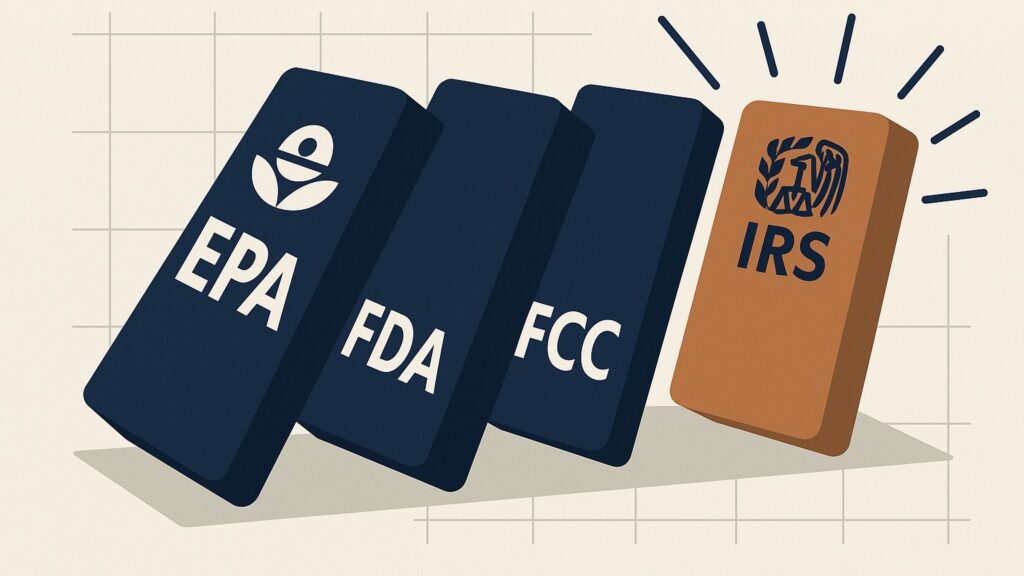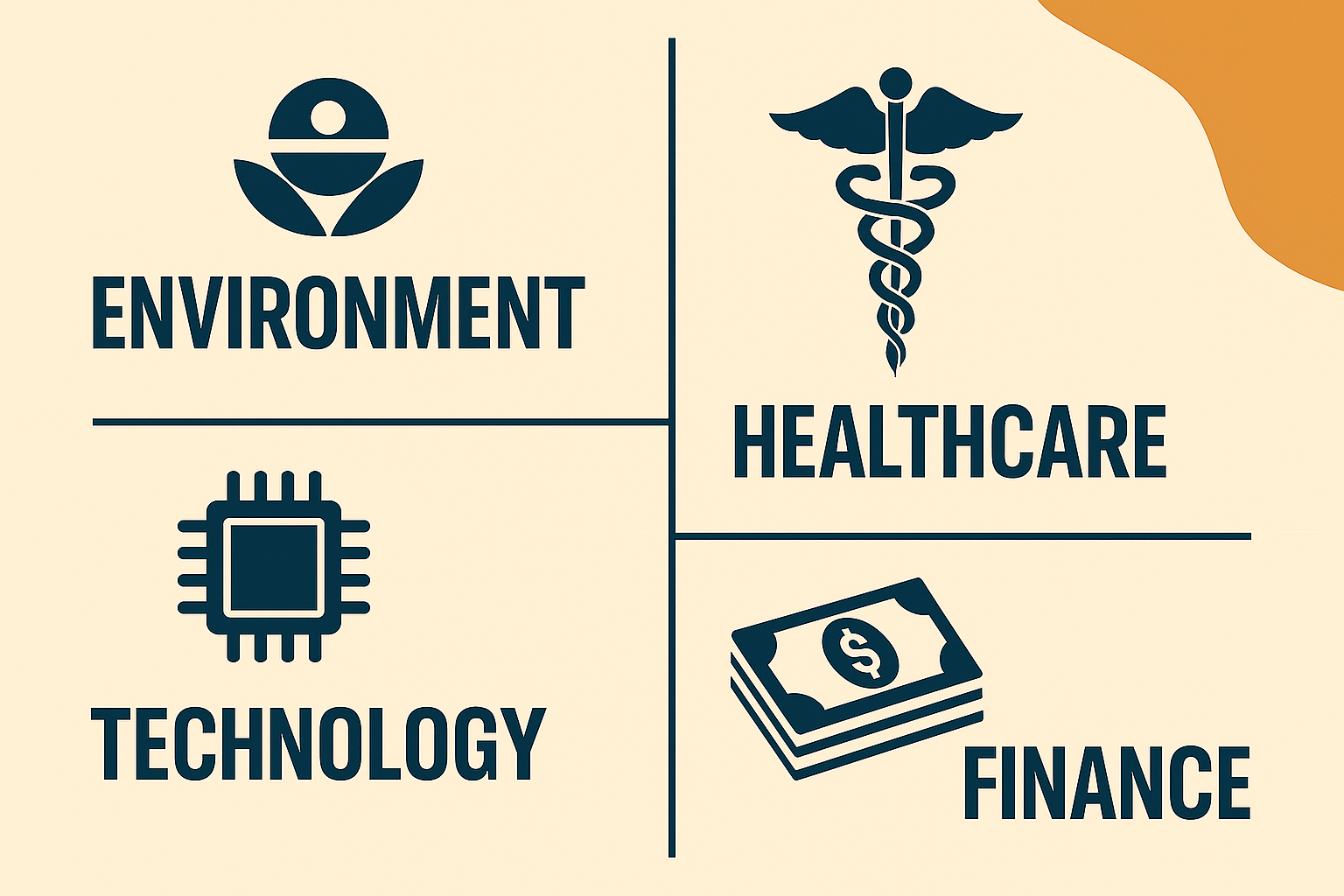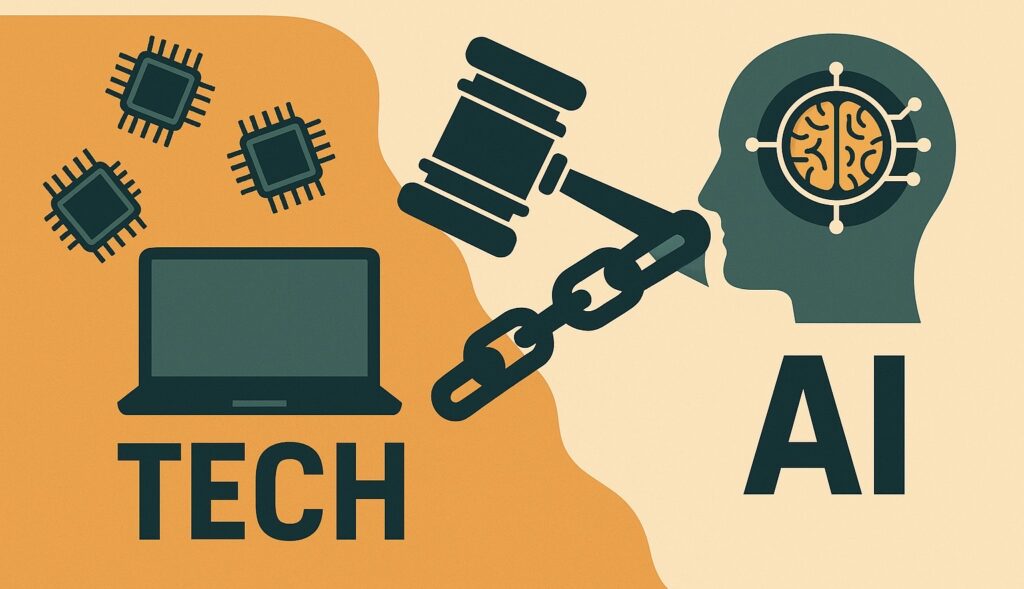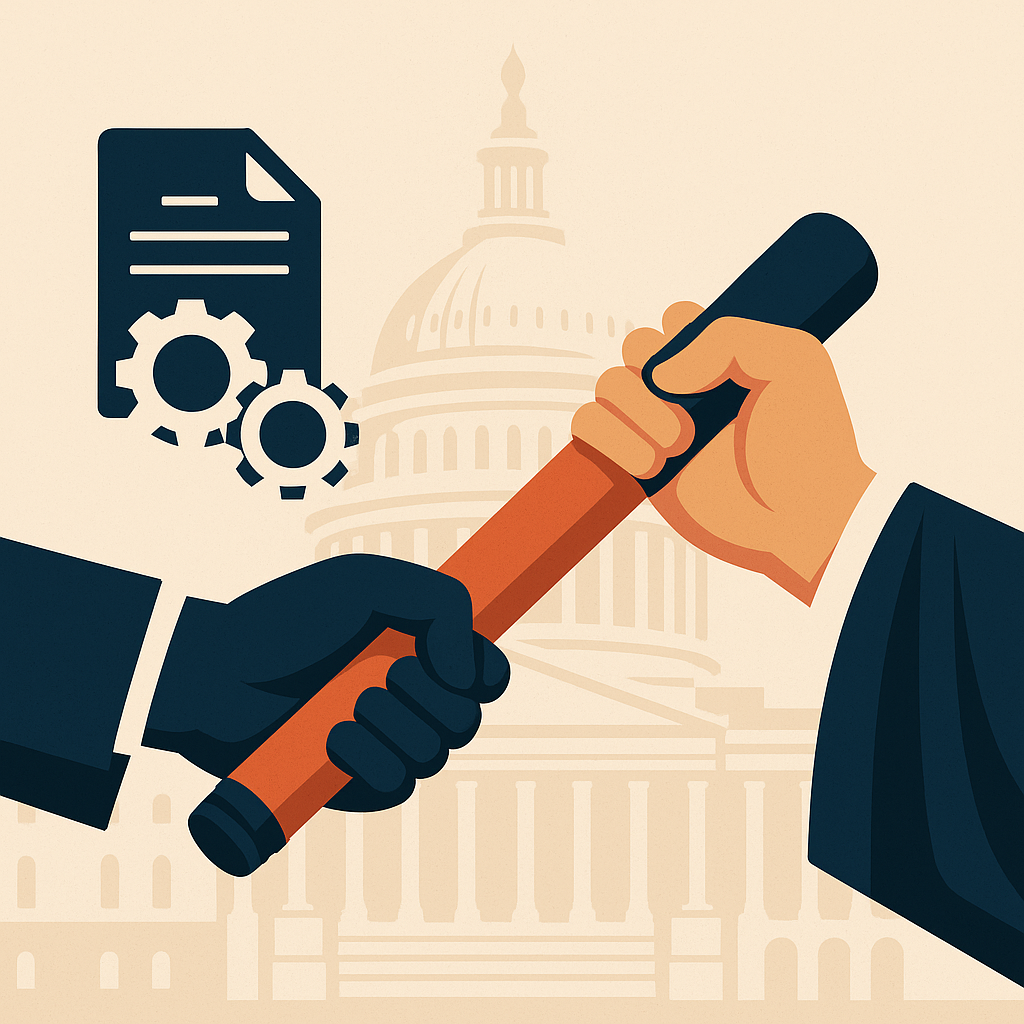Summary
The U.S. Supreme Court’s landmark decision in Loper Bright Enterprises v. Raimondo has overruled the 40-year-old Chevron Deference doctrine. Courts are no longer bound to defer to federal agency interpretations of ambiguous statutes. This ruling is not just reshaping U.S. regulatory law, but also influencing global judicial-administrative dynamics in countries like India, the UK, and the EU.
Table of Contents
What Was Chevron Deference?
“Chevron Deference” arose from the 1984 U.S. Supreme Court decision in Chevron U.S.A. Inc. v. Natural Resources Defense Council. The doctrine allowed federal courts to defer to reasonable agency interpretations of ambiguous statutes using a two-step test:
- Is the statute ambiguous?
- If yes, is the agency’s interpretation reasonable?
This framework allowed agencies like the EPA, FDA, FCC, and IRS to exercise interpretive discretion. Over four decades, it became a foundational tool in U.S. regulatory law, cited in over 18,000 federal decisions.
The Case: Loper Bright Enterprises v. Raimondo
The plaintiffs, family-owned fishing companies, challenged a National Marine Fisheries Service rule requiring them to fund onboard monitors, despite no express congressional mandate. Lower courts upheld the rule based on Chevron Deference.
The core question: Should courts defer to agency interpretations of unclear laws?
The plaintiffs argued: No. Interpretation is the judiciary’s role, not the executive’s.
The June 28, 2024 Ruling
In a 6–3 majority, the U.S. Supreme Court formally overruled Chevron Deference. Chief Justice John Roberts, writing for the majority, stated:
“Courts must exercise independent judgment in interpreting statutory provisions. Deference doctrines undermine this obligation and distort the separation of powers.”
Dissenting Opinion
Justice Kagan’s dissent warned of unintended consequences:
“Chevron ensured political accountability and technical expertise. Removing it transfers policy discretion to unelected judges.”
The dissent emphasized the risk of inconsistent rulings and judicial overreach in technical domains.
Why Chevron Deference Fell
The Court’s rationale included:
- Judicial Abdication: Courts were failing their constitutional role.
- Ambiguity Loopholes: Agencies expanded their power under vague language.
- Separation of Powers: Deference blurred the legislative-executive-judicial lines.

What Replaces Chevron Deference?
The Court clarified that traditional judicial interpretation now takes precedence:
Courts must independently assess statutory meaning using tools like:
- Textualism
- Legislative intent
- Constitutional principles
Some residual influence remains under the Skidmore standard, where agency expertise may be considered persuasive, but not binding.
Immediate Impacts
- Judicial Activism Rising: Courts are more empowered to strike down federal rules.
- Regulatory Hesitation: Agencies are reviewing rules for legal durability.
- Litigation Surge: Businesses and advocacy groups are rushing to challenge agency regulations.

Broader Consequences by Sector

| Sector | Effect |
| Environment | EPA’s climate and pollution rules now vulnerable |
| Healthcare | FDA drug approvals and warning label policies under review |
| Technology | FCC’s net neutrality and Section 230 interpretations at risk |
| Tax/Finance | IRS interpretations no longer automatically upheld |
Tech & AI Sector at a Crossroads

Rapid-growth areas like AI, cryptocurrency, and data privacy depend heavily on agency-led regulation. Chevron’s fall makes regulatory foresight harder:
- Courts may strike rules lacking precise statutory language
- Agencies will now avoid bold moves without clear legislative mandates
- Uncertainty may delay innovation and compliance efforts
Why This Matters for India and Beyond
Chevron was American, but its reversal has global resonance.
In India:
- Regulatory bodies like SEBI, TRAI, and NGT may soon face calls for stricter judicial oversight.
- Courts may feel emboldened to review and overrule technical interpretations by regulatory agencies.
In UK & EU:
- Post-Brexit legislative systems may reassess their judicial deference doctrines.
- Global legal convergence may drive more textualist, court-driven interpretation models.
Strategic Advice for Stakeholders
For Governments
- Draft laws with precise language
- Clarify regulatory mandates to withstand court scrutiny
For Companies & Startups
- Revisit compliance frameworks
- Prepare for legal challenges against previously stable regulations
For Legal Professionals
- Re-skill in statutory interpretation, APA litigation, and agency review standards
- Monitor case law trends circuit-by-circuit
Two Weeks Later: The First 50 Cases
A July 22, 2025 report by The National Law Journal analyzed the first 50 cases applying the post-Chevron framework. Key insights:
- 70% of decisions rejected or narrowed agency interpretations
- No unified judicial test – approaches vary across circuits
- Litigants are forum shopping to find textualist-leaning judges
- Agencies like the EPA and FCC are pausing rule proposals pending internal legal review
Conclusion
The fall of Chevron Deference is not a mere judicial footnote, it’s a regulatory reset.
Courts are reclaiming authority. Agencies are losing insulation. Laws must now speak more clearly, and judges more precisely. For India, the UK, and other democracies that defer to technical agencies, the U.S. ruling sets off a wave of reflection.
We’re witnessing a global return to judicial primacy and a challenge to the age of agency-led governance.
Read Also
- Karnataka Fake News Bill 2025: Is Free Speech the Real Casualty?
- Contract Law: 6 Key Judgments That Are Reshaping Legal Remedies in India
- Aviation Accountability India: 5 Lessons from the US Senate’s Boeing Hearings
References
- Loper Bright Enterprises v. Raimondo, U.S. Supreme Court (2024)
- Bloomberg
- Congress Research Service (CRS)
- SCOTUSblog
Glossary of Terms
- Administrative Procedure Act (APA) – A U.S. federal statute enacted in 1946 that governs how federal administrative agencies propose and establish regulations, and how courts may review agency actions. It ensures transparency and accountability in the rulemaking process.
- Agency Interpretation – The process by which a government regulatory body (like the EPA or FCC) defines the meaning of vague or ambiguous statutory terms to apply them in real-world scenarios through rules, regulations, or guidance.
- Chevron Deference – A legal doctrine established by the U.S. Supreme Court in 1984 (Chevron U.S.A., Inc. v. NRDC), requiring courts to defer to federal agency interpretations of ambiguous laws if the interpretation is deemed reasonable.
- Skidmore Deference – A less formal doctrine from Skidmore v. Swift & Co. (1944) where courts may consider agency interpretations as persuasive, but not binding. The weight given depends on the agency’s expertise, consistency, and reasoning.
- Textualism – A method of legal interpretation that focuses strictly on the ordinary meaning of the words in the statute at the time of enactment, rather than legislative history or policy goals.
- Legislative Intent – The purpose or goal that lawmakers intended to achieve when drafting a law. Courts sometimes examine legislative history to clarify ambiguous provisions.
- Separation of Powers – A constitutional principle dividing government responsibilities into three branches—legislative, executive, and judicial, to prevent the concentration of power and provide a system of checks and balances.
- Judicial Review – The power of courts to examine and invalidate actions by legislative or executive branches that are contrary to the Constitution or statutory law.
- Statutory Construction – The judicial interpretation of legislation. Courts use canons of interpretation, precedent, and legal reasoning to determine the meaning and application of legal texts.
Need Expert Legal Guidance?
LexNova Consulting advises on regulatory transitions and global compliance challenges.
Disclaimer: This blog is for general informational purposes only and does not constitute legal advice. Please consult a qualified professional for case-specific guidance.

